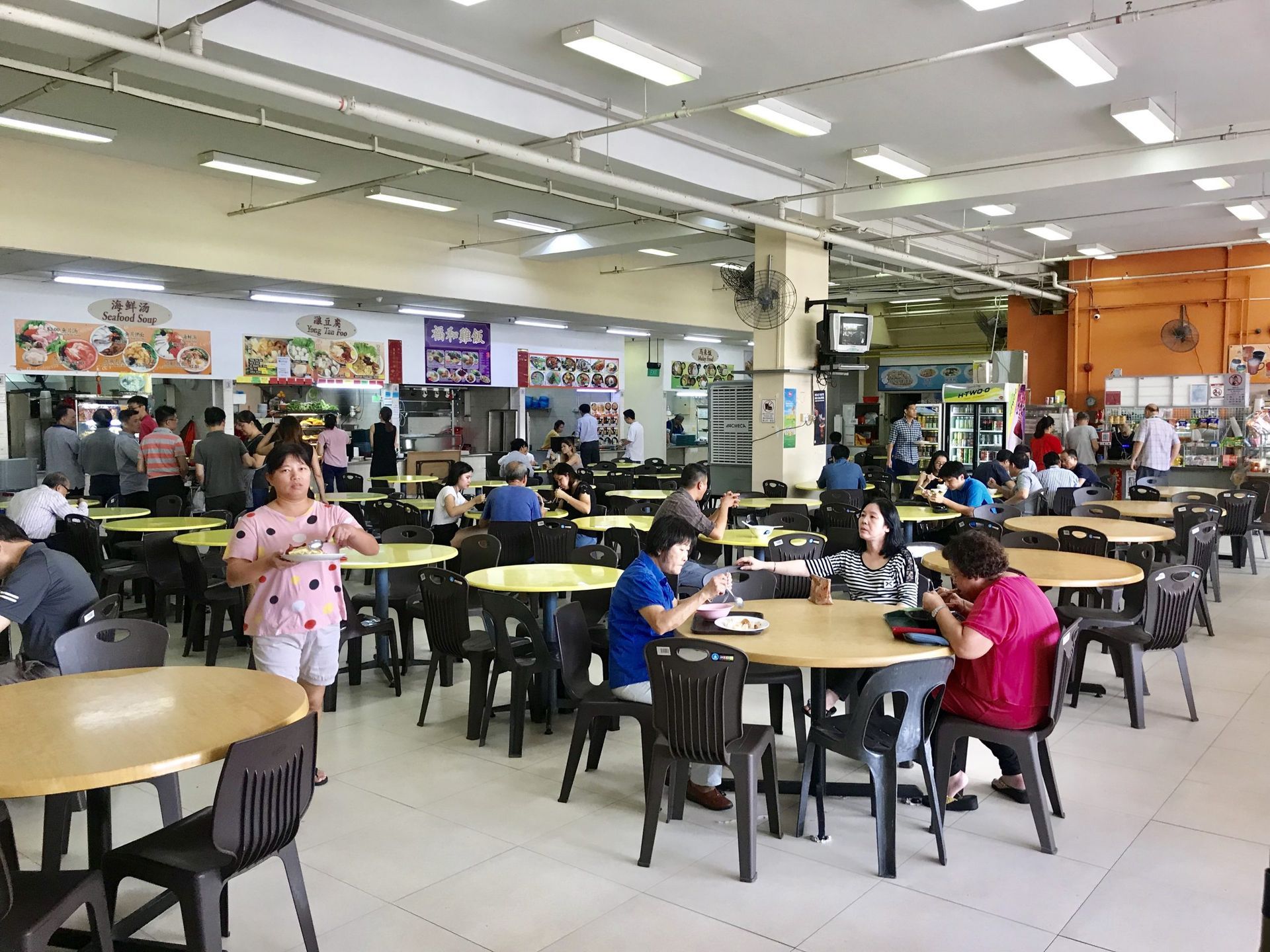Boost Your Hawker Stall Efficiency in Singapore with the Right POS System
Singapore’s hawker stalls are the heart of local cuisine, known for their efficiency and bustling energy. To maintain this reputation in an increasingly digital world, the right POS system can be a game changer. This article explores how choosing the right digital solution can streamline operations and enhance customer satisfaction.
Streamlined Operations for Busy Stalls
In a fast-paced hawker environment, efficiency is everything. A modern POS system simplifies order-taking and minimizes errors:
- Simplified Order Processing: Quick, intuitive systems reduce wait times and keep your line moving.
- Reduced Training Time: User-friendly interfaces ensure that even staff with limited technical skills can operate the system confidently.
Embracing Cashless Transactions
With a growing number of Singaporeans opting for cashless payments, hawker stalls need systems that support this trend:
- Multiple Payment Options: From credit cards to mobile wallets like PayNow and NETS, offering a variety of options makes transactions smoother.
- Secure Payment Gateways: High-level encryption and fraud protection ensure that every transaction is safe and reliable.
Compact, Durable, and Designed for High Use
Space is at a premium in hawker stalls, and equipment needs to be both robust and compact:
- Space-Saving Design: Compact hardware that fits neatly into small spaces without compromising performance.
- Built to Last: Durable components that withstand heavy daily use and the occasional bumps of a busy stall environment.
Enhancing the Customer Experience
An efficient POS system not only speeds up operations but also boosts customer satisfaction:
- Faster Service: Quick transactions mean customers get their orders faster, leading to a better overall experience.
- Personalized Promotions: Some advanced systems integrate with CRM tools, allowing you to offer tailored promotions and rewards to loyal customers.
Local Support and Future Expansion
Having a reliable support system is crucial for keeping your operations running smoothly:
- Responsive Local Service: Access to prompt technical support ensures minimal downtime during critical business hours.
- Scalable Solutions: Choose a system that grows with your business, adding new features as your stall expands or customer demands change.
For hawker stalls in Singapore, investing in the right POS system is essential to boost efficiency, embrace cashless payments, and improve overall customer experience. By prioritizing systems that are cost-effective, easy to use, durable, and supported by local service, hawker stall operators can ensure smooth operations even during peak hours. Embrace a digital solution that sets your stall apart and prepares your business for future growth.
If you are looking for a POS system, self ordering kiosk, QR ordering or membership system for your business, click here to contact us and find out more!
Interested in a CRM Based POS System, QR ordering or a standalone CRM membership system?
Send an Enquiry!
You might also like



